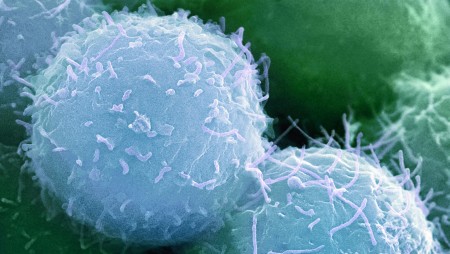
 Stem Cell Research & Therapy
Stem Cell Research & TherapySafety and efficacy of human embryonic stem cell-derived astrocytes following intrathecal transplantation in SOD1G93A and NSG animal models
- Received: 5 April 2018
- Accepted: 1 May 2018
- Published: 6 June 2018
Abstract
Background
Amyotrophic lateral sclerosis (ALS) is a motor neuron (MN) disease characterized by the loss of MNs in the central nervous system. As MNs die, patients progressively lose their ability to control voluntary movements, become paralyzed and eventually die from respiratory/deglutition failure. Despite the selective MN death in ALS, there is growing evidence that malfunctional astrocytes play a crucial role in disease progression. Thus, transplantation of healthy astrocytes may compensate for the diseased astrocytes.
Methods
We developed a good manufacturing practice-grade protocol for generation of astrocytes from human embryonic stem cells (hESCs). The first stage of our protocol is derivation of astrocyte progenitor cells (APCs) from hESCs. These APCs can be expanded in large quantities and stored frozen as cell banks. Further differentiation of the APCs yields an enriched population of astrocytes with more than 90% GFAP expression (hES-AS). hES-AS were injected intrathecally into hSOD1G93A transgenic mice and rats to evaluate their therapeutic potential. The safety and biodistribution of hES-AS were evaluated in a 9-month study conducted in immunodeficient NSG mice under good laboratory practice conditions.
Results
In vitro, hES-AS possess the activities of functional healthy astrocytes, including glutamate uptake, promotion of axon outgrowth and protection of MNs from oxidative stress. A secretome analysis shows that these hES-AS also secrete several inhibitors of metalloproteases as well as a variety of neuroprotective factors (e.g. TIMP-1, TIMP-2, OPN, MIF and Midkine). Intrathecal injections of the hES-AS into transgenic hSOD1G93A mice and rats significantly delayed disease onset and improved motor performance compared to sham-injected animals. A safety study in immunodeficient mice showed that intrathecal transplantation of hES-AS is safe. Transplanted hES-AS attached to the meninges along the neuroaxis and survived for the entire duration of the study without formation of tumors or teratomas. Cell-injected mice gained similar body weight to the sham-injected group and did not exhibit clinical signs that could be related to the treatment. No differences from the vehicle control were observed in hematological parameters or blood chemistry.
Conclusion
Our findings demonstrate the safety and potential therapeutic benefits of intrathecal injection of hES-AS for the treatment of ALS.
Keywords
- Amyotrophic lateral sclerosis
- Astrocytes
- Human embryonic stem cells
- Superoxide dismutase 1






















.png)









No hay comentarios:
Publicar un comentario